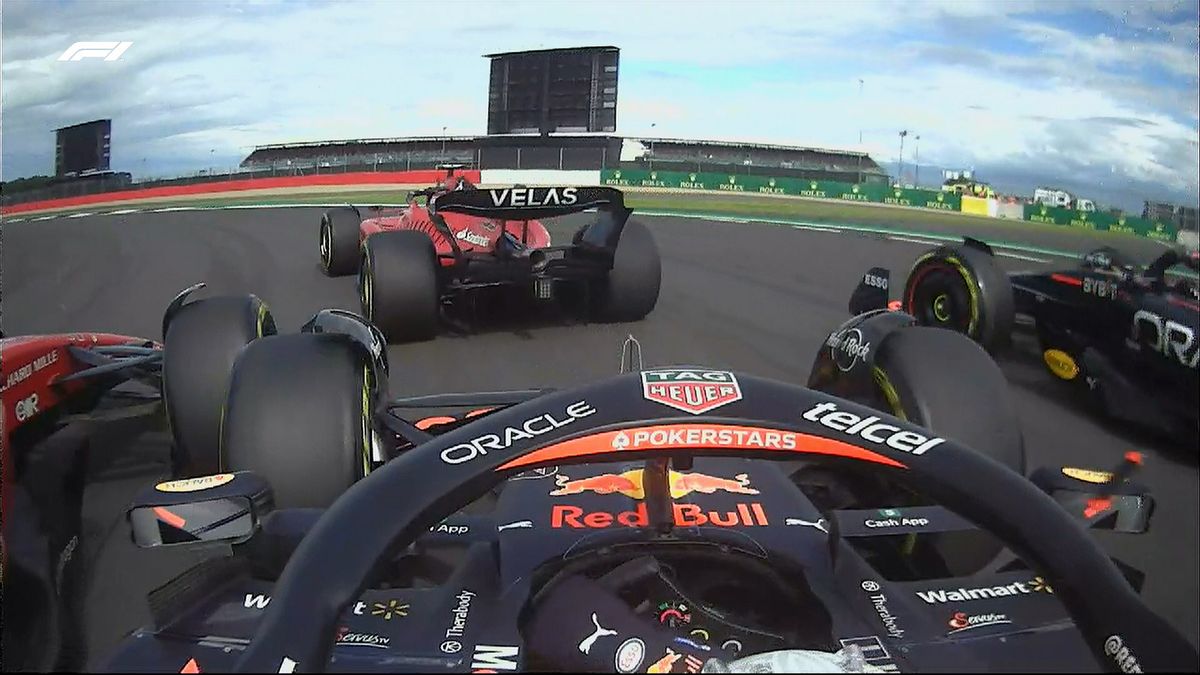JAKARTA - Chinese Formula One driver Zhou Guanyu probably wouldn't be alive today were it not for the titanium halo device that forms a protective layer around the cockpit of his race car. Zhou credits the protective device, known as a halo, for saving his life after a horrific crash during the first round of the British Grand Prix Sunday, July 3.
"I'm fine, everything is clear. Hello saved me today," Zhou tweeted on Sunday, July 3. “Thank you, everyone, for your kind message!”
Zhou was one of several drivers involved in the crash at corner one, in which his Alfa Romeo overturned and skidded across the track before crashing into a fence. The halo, which formed partial protection around the cockpit, prevented Zhou from being seriously injured.
I’m ok, all clear. Halo saved me today. Thanks everyone for your kind messages! pic.twitter.com/OylxoJC4M0
— 周冠宇 | Zhou Guanyu 🇨🇳 (@ZhouGuanyu24) July 3, 2022
According to a CNN report, Zhou's car came to a halt after being caught between a tire barrier and a retaining fence, which is there to protect spectators at the circuit. The overturned position of the car made it take the officers some time to get the driver out.
George Russell of Mercedes, who made contact with Zhou during the collision, immediately got out of his car after stopping and ran to check on Zhou.
The rookie, who is China's first driver in F1, was eventually carried on a stretcher by emergency medics and was later declared cured after being checked at a medical centre.
SEE ALSO:
The Halo, introduced by F1 in 2018, was initially opposed by some drivers. But since then the riders have praised him for saving their lives. The concept leaked in 2015, following the death of IndyCar driver Justin Wilson during a race when his head was crushed by debris. Several other F1 and IndyCar drivers have also been killed in similar incidents.
The Halo was originally designed by Mercedes-Benz Motorsports, but the FIA took over the development process and started a testing round in the fall. Other designs were tested, including a similar design proposal from the Red Bull Racing team.
As F1 is considered the most prestigious racing series, many view it to be leading in this field, and in some ways it is. F1 originally intended to introduce a halo cockpit to the sport in 2017, but those plans were put on hold, citing the "relatively short time frame" for implementing the requirement.
The Halo was finally introduced the following year, 2018. Formula E, the electric motorsports series, also included a halo cockpit in its race cars, including some LED accents.
The Halo's cockpit has drawn the ire of some motorsports fans because it can spoil the aesthetics. But when you're flying around a sharp corner at 320 km/h and the slightest touch of a bumper can make a race car spin through the air, a halo can make the difference between life and death.
The English, Chinese, Japanese, Arabic, and French versions are automatically generated by the AI. So there may still be inaccuracies in translating, please always see Indonesian as our main language. (system supported by DigitalSiber.id)

















